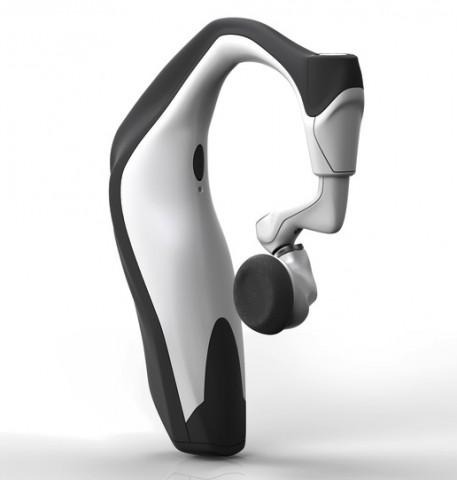Intel Goes Local For Jarvis Voice Control To Outspeed Siri
Intel will rely on local processing grunt not cloud crunching for the voice control its Jarvis wearable will use, using a specially-created voice recognition system designed to run on the compact earpiece. Revealed at CES 2014, Jarvis aims to usurp Apple's Siri and Google Now by reacting to spoken commands and remotely controlling a smartphone, as well as delivering contextual information direct into the wearer's ear. However, unlike both of its rivals, Jarvis will be able to do that even if it doesn't have an internet connection.
Both Siri and Google Now use server-side analysis of voice data to avoid taxing the smartphone or tablet's CPU and battery. The upside is that each system gets the benefit of far more powerful processing; the downside is that, in addition to the need to be online in order for it to work, there's also a lag of a few seconds as the whole thing takes place.

Intel's approach is different, head of wearables Mike Bell told Quartz, however. By packaging up voice recognition software – supplied by a third-party Bell doesn't name – into something that can run on the frugal Quark chips Intel expects to power its push into wearables, it can do away with the data requirement.
As Bell points out, that also means that local services – like using voice commands to open apps on the phone, or load a certain music playlist – will also be supported even when offline, something neither Google Now nor Siri can do.
Jarvis may not be the way you end up interacting with this new Intel system, with Bell saying that the company is instead in negotiations with phone manufacturers with regards them implementing it. That could mean future devices that can track speech like the Moto X, but don't need to be connected in order to do so.
That slightly-removed approach to the technology is one Intel is taking with wearables in general. Rather than trying to own all stages of the process, the chip company is partnering with fashion designers and luxury retailers to tap their knowledge of the market, and hopefully create devices that regular consumers will wear, not just the tech early-adopters.
VIA The Verge
